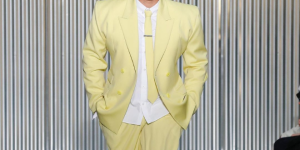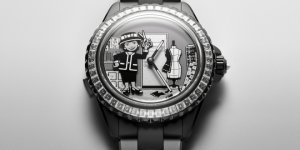The Legacy of Issey Miyake: The Japanese Designer Who Revolutionised Fashion
Remembering Issey Miyake, who pushed clothing to groundbreaking new places with his dedication to innovation and fashion.
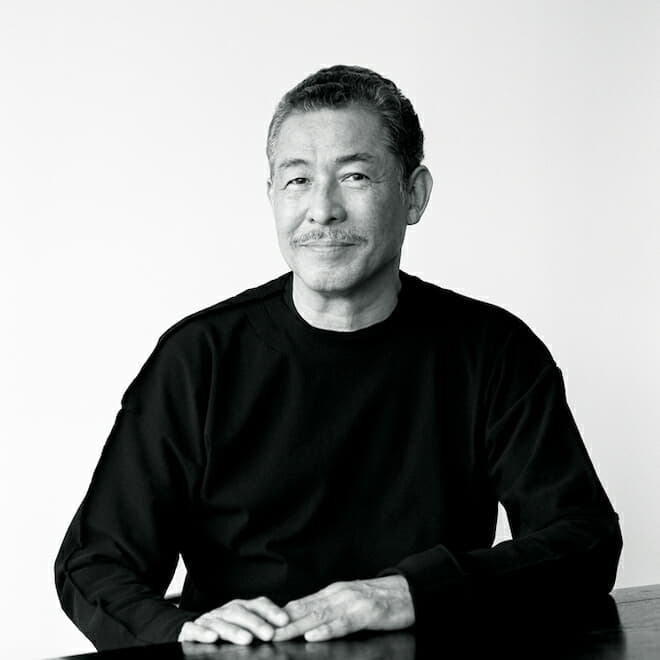
When legendary Japanese designer, Issey Miyake, passed away on 5, August 2022 — following a prolonged battle with liver cancer — the world lost a titan of fashion innovation and a man who guided technical brilliance with an artist’s hand.
His innovative creations were often formed through trial-and-error experimentations, resulting in him developing an archive of shape-shifting clothes that transcended trends and gender norms to become seminal forms of inspiration for his peers. In the 80s, he showed fellow Japanese fashion icons Rei Kawakubo and Yohji Yamamoto how to enter the Western market, and today, Miyake’s works are just as integral to the fashion industry as they were in the decades gone by — and have become pieces of art that are revered, collected, and worn by archivists and fashion obsessives alike.
As the fashion industry mourns the Japanese designer’s passing, we reflect on the impact of his pioneering, genre-crossing career.
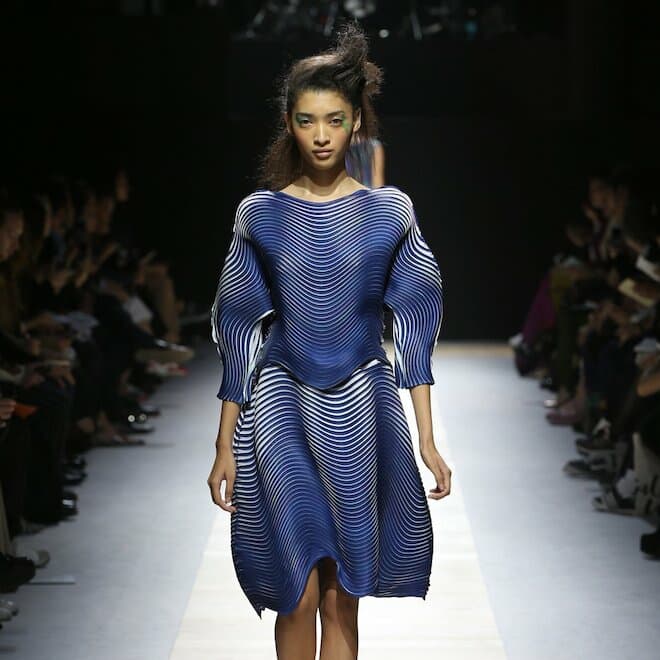
Born in 1938 in the Hiroshima prefecture, he studied graphic design at the Tama Art University in Tokyo before moving to Paris to pursue fashion in the tailoring and dressmaking school, École de la Chambre Syndicale de la Couture Parisienne. This formative education led Miyake to work for Guy Laroche, Hubert de Givenchy, and Geoffrey Beene, before founding the eponymous Miyake Design Studio in 1970, which has served as the foundation for his creations for the past 52 years.
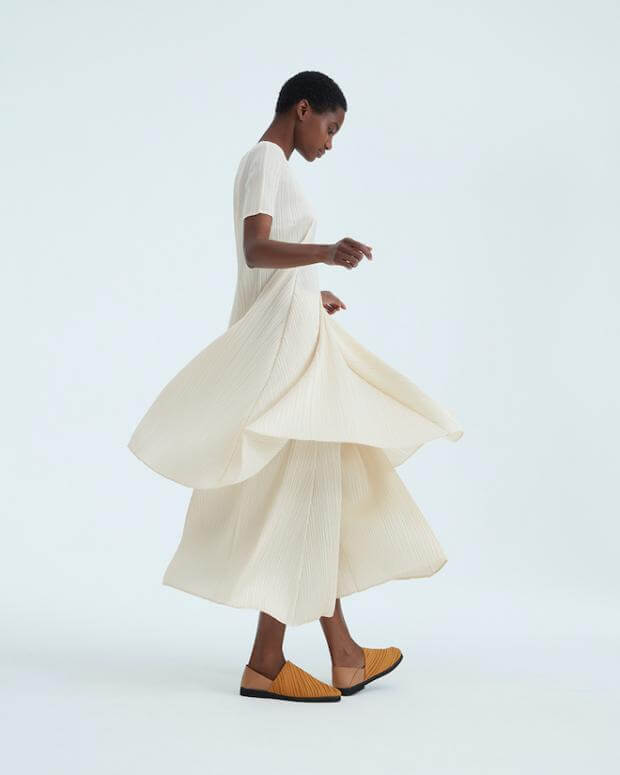
From then on, his career took off in a big way. His designs challenged the conventional idea of garment making, highlighting the relationship between body and cloth, and creating pieces that convey emotions and ideas that stem from the avant-garde. His study of experimentation with new and existing techniques led to the creation of new fabrics, forms of clothing and technologies by which to make them. While learning to harness and refine some of the cutting-edge synthetic technologies of the time, Miyake also visited historic production regions and worked to revitalise traditional dyeing and production that were on the verge of extinction, finding new uses for traditional methods that could respond to modern needs. He received worldwide acclaim for trying to incorporate modern technology with traditional techniques that offered excellent functionality but were seen as outdated, such as sashiko embroidery and leg-guard gaiters.
“Never one to embrace trends, Miyake’s dynamic spirit was driven by a relentless curiosity and desire to convey joy through a medium of design.” the Japanese fashion house said. “Always a pioneer, Miyake both embraced traditional handcrafts but also looked to the next solution: the newest technology driven by research and development.”
- READ MORE: Wearable Innovation: 132.5 Issey Miyake Tote
This mindset and dedication to innovation lead to one of his biggest feat: Pleats, Please. Miyake was best known for experimenting with different creation techniques of handcrafting throughout his career — he was the first designer to apply pleats after the fabric is cut and sewn, going against the traditional method of pleating first, and made a name for himself from the offset of creating clothing from “a Piece of Cloth” with just one thread. In the late 1980s, he explored a new way of micropleating by wrapping fabrics between layers of paper and heat-pressing them and in 1993, the Pleats Please line was launched and then shown on the catwalk during the Spring Summer 1994 Paris collection. This industrial process proved to be revolutionary as he experimented with creating different effects and architectural shapes. The clothes’ simple beauty, comfort, lightness and ease of care changed the way individuals all over the world dress, and soon he became synonymous with Japanese fashion and its economic prowess.
“Issey Miyake was a pioneer on two fronts,” said Alexander Fury, menswear critic at the Financial Times and fashion features director at Another Magazine. “Firstly as one of the first wave of Japanese designers to bring new perspectives and philosophies on fashion to Paris; and secondly as a pioneer in textiles with ideas such as Pleats Please and APOC—ideas that actually exist outside of fashion, transforming not only what people wear but how they interact with their garments. Miyake’s true importance lies in the fact that he wasn’t interested in fashion as such—rather a philosophy of clothing, systems of dressing and above all freedom of the body.”
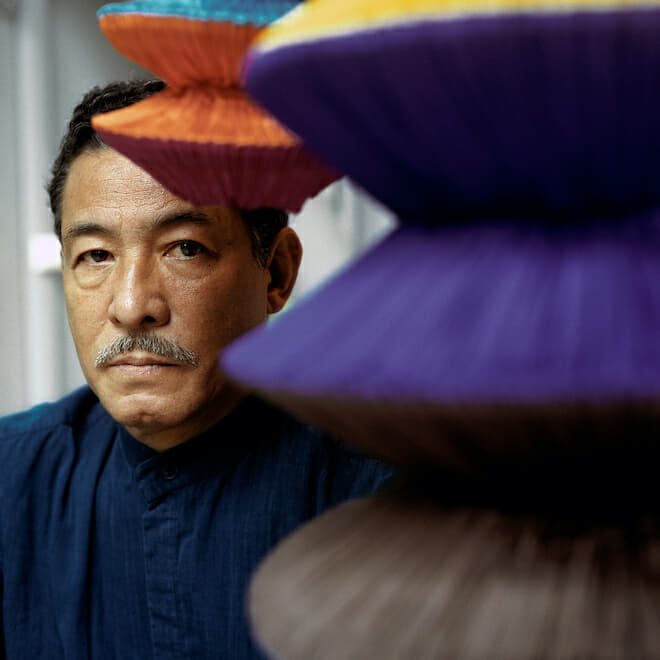
His designs were also heavily influenced by his life experiences. He was only seven years old when the atomic bomb hit his hometown of Hiroshima. Writing in the New York Times in 2009, Miyake explained how he turned these traumas into creativity: “I have tried, albeit unsuccessfully, to put them behind me, preferring to think of things that can be created, not destroyed, and that bring beauty and joy. I gravitated toward the field of clothing design, partly because it is a creative format that is modern and optimistic.”
This positive outlook notably translated through his fashions, via a constant willingness to grow and challenge himself. In Setsuko Miura’s 2002 documentary Issey Miyake: Moves, the designer discusses his processes, noting that “design stems from reflecting on and challenging the times we live in.” He later asks, “Why bother designing unless you have a unique point of view?” In the 1980s – arguably the height of Miyake’s career – he began to experiment with new ways to pleat and fold fabrics in his now-signature approach. Through a method that saw fabric placed between paper and heat pressed, the clothing was able to hold its intriguing boxy shapes for a lifetime – a detail that has now become as famous as the designer himself.
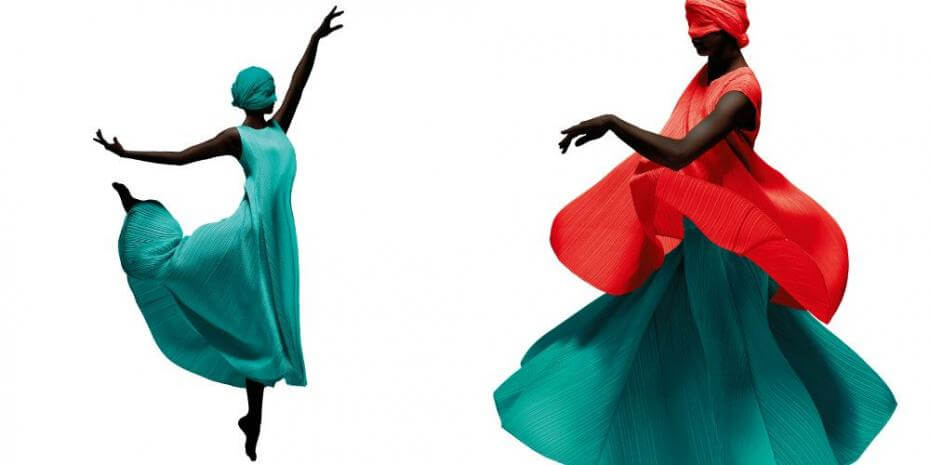
Despite the end result often being minimal and refined, the concepts behind Miyake’s clothing always came from a more avant-garde perspective. His conceptual works were often displayed on dancers, which as Pen states, shows how he is “both functional and elegant, all while remaining abstract and intellectual, the fact of which allows him to let his imagination run wild.”
Clothing was a commentary on what he saw around him – Kimonos and traditional Tanzen coats were displayed throughout his career, but particularly for Fall Winter 1977, which saw Miyake play with fabrics that were almost forgotten in Japanese culture, using them to create his interpretation of everyday clothing.
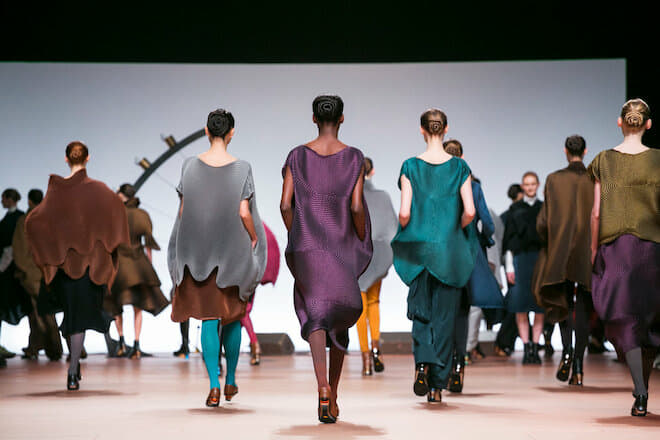
Today, not only does his legacy live on, but it continues to go from strength to strength. His passing has sent ripples through all corners of the creative industries, with many taking to social media to share their condolences and anecdotes.
With every turn Issey Miyake takes in the world of fashion, he values free thinking that is unconventional, thinking that takes into consideration the spirit of creation, curiosity and love as universal expression.
For more fashion reads, click here.




